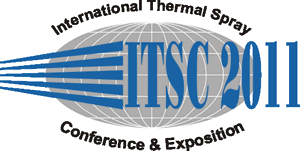| Abstract: |
Magnesium casting alloys are widely used in aircraft components because of their inherent weight advantages over other metals. Premature corrosion is one of the challenges associated with these alloys, which affects the safety and readiness of aircraft and rotorcraft. Components such as rotorcraft transmission, gearbox housings, mast supports for helicopters, and control comfort actuators, experience reduced operating life as a result of corrosion. Most of these parts cannot be reclaimed adequately because, although there is existing technology that can somewhat restore them, repairs are often inappropriate due to the excess porosity, oxidation, and thermal damage that occurs with traditional coating technologies. Since part replacement is often the only option, aircraft maintenance costs have significantly increased over the years.
Cold spray is a solid-state coating process that uses a supersonic gas jet to accelerate powder particles against the substrate and produce metal bonding by rapid plastic deformation of the impacting particles. The term �Cold Spray� refers to the relatively low process temperature compared to traditional thermal spray processes. Because of the low process temperature, cold spray can be used to deposit thick layers of metals on heat-sensitive substrates such as aluminum and magnesium virtually avoiding oxidation, tensile residual stresses, metallurgical transformations, while producing a highly dense deposit.
Today, solid state spraying methods have been qualified and specified by a number of aerospace users as a standard technique for this type of repair. In this paper the state of the art of solid state technologies for magnesium repair will be discussed, as well as their advantages and limitations compared to traditional thermal processes.
|
|
